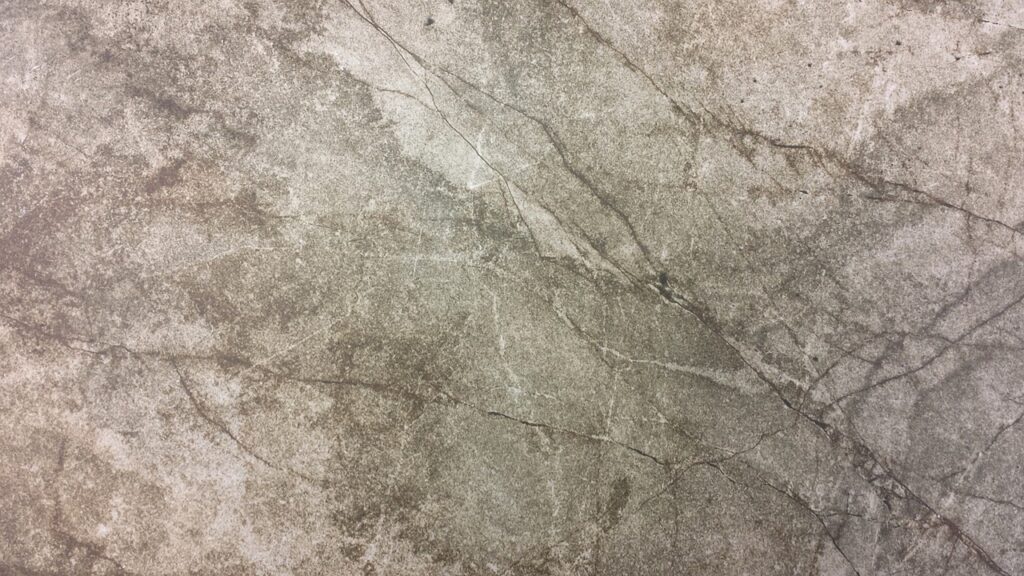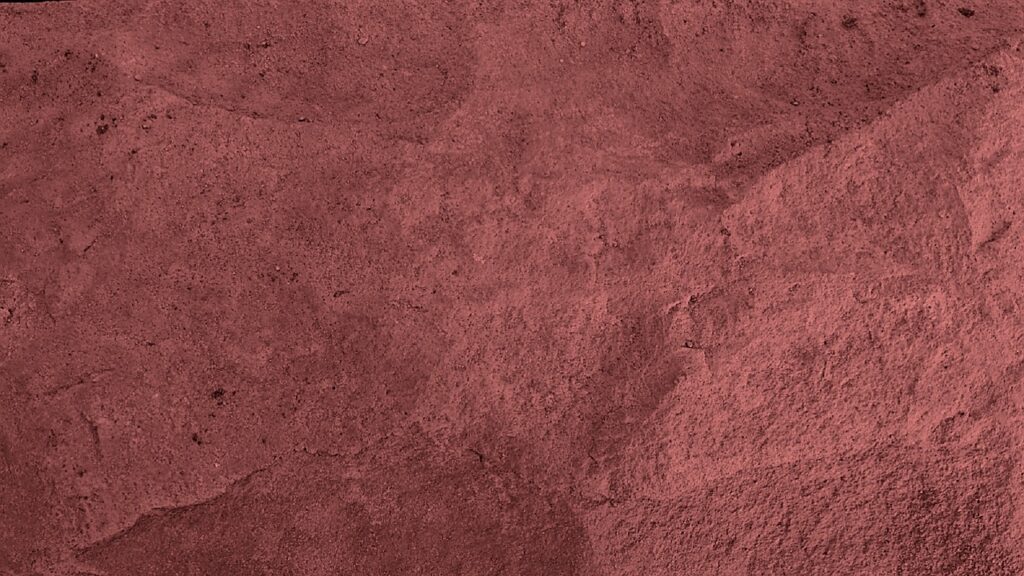If you’re a homeowner, chances are you’ve encountered the frustration of a stucco hole on your exterior walls. Whether it’s due to wear and tear or a mishap during a DIY project, these unsightly gaps can hinder the overall appearance of your home. But fear not! In this article, we’ll explore the art of stucco hole repair and equip you with the knowledge and tips you need to restore your walls to their former glory. Say goodbye to those eyesores and hello to a flawless exterior once again!
Stucco Hole Repair
Stucco is not only a popular choice for exterior walls due to its durability and resistance, but it also provides an attractive finish to any home or building. However, over time, stucco can suffer from various forms of damage, including holes. Whether caused by impact, water damage, or other factors, it is essential to address these holes promptly to prevent further damage and maintain the integrity of your stucco surface.
In this comprehensive article, we will guide you through the process of stucco hole repair, ensuring that you have a clear understanding of the necessary tools and materials, the proper steps for preparation, and the techniques for patching small, medium-sized, and large holes. We will also cover how to deal with water damage, match texture and color, and seal and paint the repaired area. Finally, we will discuss preventive measures to tackle future damage effectively.
So, let’s get started by understanding the various types of stucco damage and its common causes.
Understanding Stucco Damage
Stucco can be damaged due to a variety of reasons, and each type of damage requires a specific approach to repair. By understanding the common causes and identifying different types of damage, you can effectively assess the extent of the problem and take appropriate measures to restore your stucco wall.
Common Causes of Stucco Damage
The most common causes of stucco damage include:
- Impact: Holes can be created by accidental impacts, such as hail, falling branches, or other blunt objects hitting the stucco surface.
- Water damage: Water intrusion due to leaks, improper drainage, or condensation can lead to cracks, blisters, and even the deterioration of the stucco material.
- Settlement and movement: Natural settling of the building, as well as ground movement, can cause stucco to crack or form holes over time.
- Improper installation: Poor craftsmanship during the initial stucco installation can result in weak spots, which may lead to damage in the future.
It is important to identify the cause of the damage to prevent it from recurring after repairing the holes. Once you have a clear understanding of the causes, you can move on to identifying the different types of stucco damage.
Identifying Different Types of Damage
Stucco damage can range from small cracks to large holes, and the repair process can vary depending on the severity of the damage. Here are the main types of stucco damage you may encounter:
- Small cracks: These are hairline cracks that do not pose a significant structural risk but can affect the appearance of the stucco. They are relatively easy to repair.
- Small holes: These are typically holes with a diameter of less than one inch. While they may not compromise the integrity of the stucco, they still require repair to prevent further deterioration.
- Medium-sized holes: These holes range from one to six inches in diameter and may require additional reinforcement to ensure a sturdy repair.
- Large holes: Holes larger than six inches in diameter require more extensive repair and may involve creating a backer board to provide a stable base for the patching compound.
By accurately identifying the type of damage, you can choose the appropriate repair method and materials for an effective and long-lasting stucco hole repair.
Importance of Prompt Repair
Promptly addressing stucco holes is crucial to prevent further damage and maintain the structural integrity of your home or building. If left unrepaired, even small holes can allow moisture to penetrate the stucco, leading to more significant issues like mold growth, rotting wood, or further deterioration of the stucco material.
Additionally, repairing small holes earlier not only saves you time and money in the long run but also ensures that the repairs are less noticeable and seamlessly blend with the surrounding stucco finish.
Now that you have a better understanding of stucco damage, let’s move on to the tools and materials you’ll need for a successful repair.

Tools and Materials Needed
Before you begin your stucco hole repair project, it is essential to gather the necessary tools and materials to ensure a smooth and efficient process. Having the right tools at hand will enable you to achieve accurate and professional results. Here’s a list of essential tools for stucco hole repair:
Essential Tools for Stucco Hole Repair
- Hammer: A hammer will be useful for removing loose stucco and creating a clean base for the repair.
- Chisel: You will need a chisel to carefully remove any damaged or loose stucco pieces.
- Wire brush: A wire brush is essential for cleaning the damaged area and removing any debris or loose particles.
- Trowel: A trowel is a vital tool for applying and smoothing the patching compound.
- Putty knife: A putty knife will assist in applying the compound to small holes and creating a smooth surface.
- Sandpaper: Sandpaper of various grits will be necessary for sanding the patched area and achieving a seamless finish.
- Bucket and sponge: These tools are needed for cleaning the surface before the repair process begins.
Materials to Gather Before Starting the Repair
- Stucco patching compound: This material serves as the primary substance for filling and repairing the holes in the stucco surface.
- Primer: Primer is essential for ensuring proper adhesion between the existing stucco and the patching compound.
- Bonding agent: A bonding agent enhances the bond between the existing stucco and the patching compound, ensuring a durable repair.
- Wire mesh: Wire mesh is used for reinforcing medium-sized and large holes, providing additional strength and support to the repair.
- Backer board: A backer board is necessary for large holes and acts as a stable base for the patching compound.
- Texture spray: Texture spray can be used to replicate the existing stucco finish, ensuring a seamless blend between the repaired area and the surrounding stucco.
- Exterior-grade paint: This paint is required for sealing and painting the repaired area, matching the color of the existing stucco.
By having these tools and materials prepared, you will be well-equipped to carry out a successful stucco hole repair.


